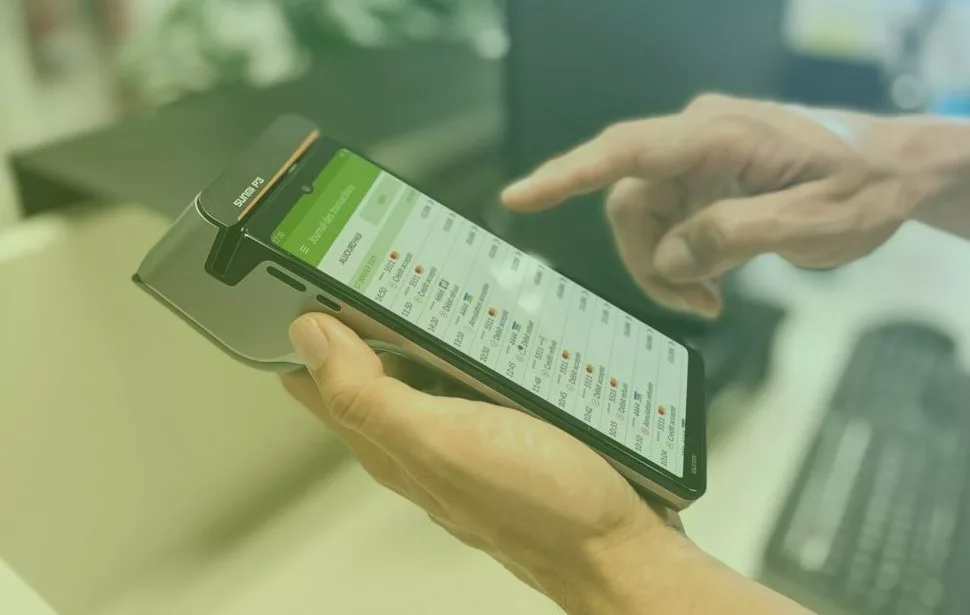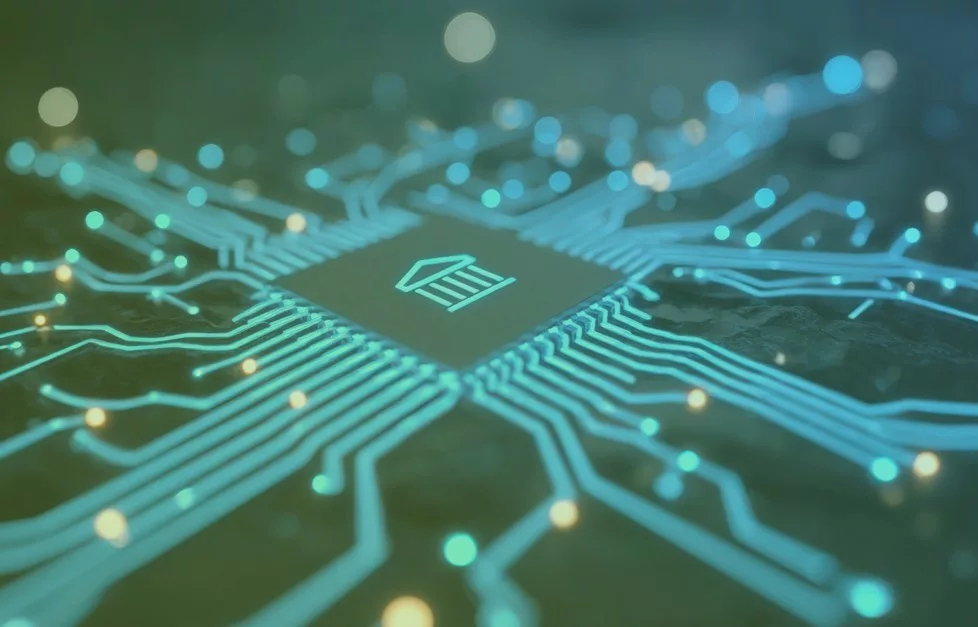What are the digital payment methods trends in 2021? Have you ever wondered?
Let’s find out in this post. Now that we have turned the page on the calendar and we are starting a new quarter, it’s the perfect time to open up to change and find out what trends are setting the pace for digital payment methods in 2021.
At a time when companies have been forced to accelerate their digitisation plans, the growth of online shopping has skyrocketed and contactless card and QR code payments are on the rise, so what can we expect?
Let’s get started!
Trends in digital payment methods 2021
The way payments are made over the past decade has evolved significantly. Especially in the field of fintech, mobile payments and electronic transactions. In the new context resulting from the COVID-19 pandemic, the payment methods used by consumers have been redefined. In this way, contactless payments and online shopping have soared.
What can we expect this year? Here’s the top digital payment methods 2021:
- The rise of mobile payments.
It is becoming increasingly common for consumers in all types of businesses to use mobile apps as a way to pay for their purchases. In fact, during the first months of 2020, the use of mobile payments increased up to 50%, which is a new habit fostered by the Covid-19 health crisis and the rise of contactless, as reported by The Paypers. A large part of invisible and biometric payments are made from smartphones, as well as through platforms such as Google Pay, Apple Pay, BBVA wallet and Samsung Pay.
-
Reduced use of cash.
The way people pay has also undergone numerous changes. In fact, according to the latest Mastercard study, “78.4% of purchases in the UK have been made by card in the last year, overtaking cash payment for the first time”. (MerchantSavvy)
- Tokenization.
Card tokenization is a system used to increase the security of credit cards. In this way, it converts data into encrypted tokens. And do you know what is the best thing about it? The process is done in a single click. Sensitive or confidential information is replaced by random numbers that pass through the networks needed to process the payment. Card tokenization works as follows:
- The system receives the confidential data. For example: IBAN, first and last name.
- The data is centrally stored. Maybe in a database.
- The tokenization system creates a token associated with the stored information. It is a companion to the confidential token.
- The token is placed in the operational flow and replaces the confidential data it represents in all operations.
- Invisible payments.
It means paying without going through the cash register and without any contact. This eliminates the need to carry cards or cash, avoiding long waits and difficulties with ticket issuance.
- Biometric systems.
Fingerprint biometric payment systems are based on the fingerprint of previously registered customers. Similarly, there is selfie pay or selfie authentication technology. This payment method has served as a boost in digital media to change the user experience in eCommerces, obtaining these advantages:
- Security. Biometric authentication with fingerprint and facial recognition.
- Eliminates friction. Automates and streamlines data management.
- The technology is spreading in European countries (Austria, United Kingdom, Belgium, Czech Republic, Germany, Hungary, Netherlands, etc.).
- It can be part of payment gateways in order to ensure much more comprehensive methods.
All those services that use biometrics as a security method are becoming more common in the fintech universe.
Do you know what digital payment methods are most popular among your customers? Let us know, we are waiting for you!
What will happen to fintech in 2021?
The financial technology sector is as active as ever. However, it has also felt the consequences of the COVID-19 health crisis. In addition to the payment methods mentioned in the previous section, there are other trends that will control the sector this year.
- Neobanks. These are banks that do not have a physical presence and allow all transactions to be carried out through their application or website.
- Blockchain technology. Blockchain professionals are talking about its effectiveness in simplifying banking operations and are investigating how to apply it to financial processes.
- Changing habits. Online consumption has skyrocketed in the last year, so much so that online shopping and electronic payments have increased. Does this mean a further consolidation of eCommerce? The answer is yes.
- Crowdlending. The need to access credit has led to an increasing search for alternatives. Crowdlending is the financing of companies, projects or individuals by different investors. And it is a model that has been growing over the last 10 years and has been favoured by the development of the internet, the demand of investors and the popularity of social networks.
Is change accelerating in the fintech sector? Will 2021 be a watershed year in the world of digital payments? Where is the eCommerce sector heading? We’ll have to find out later this year. We invite you to be part of and witness the latest developments in the fintech sector on this blog. Just join us every week. We will be happy to share all the news about digital payments with you.
We are waiting for you at PayXpert!




